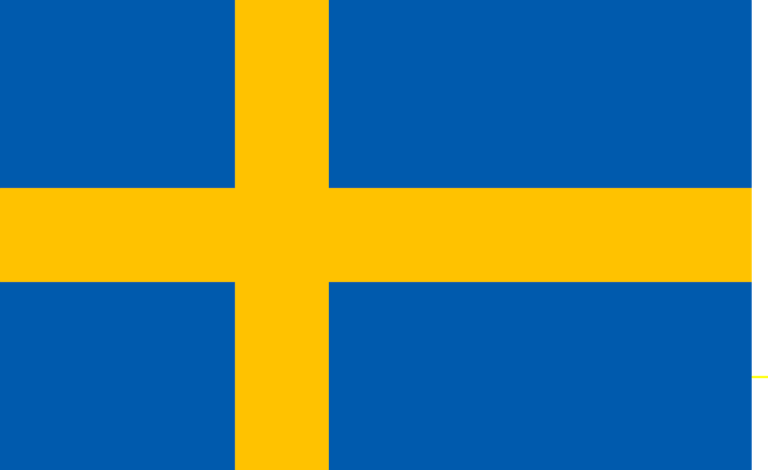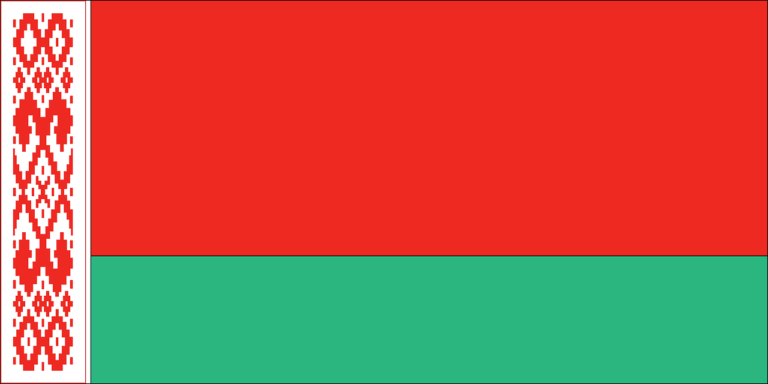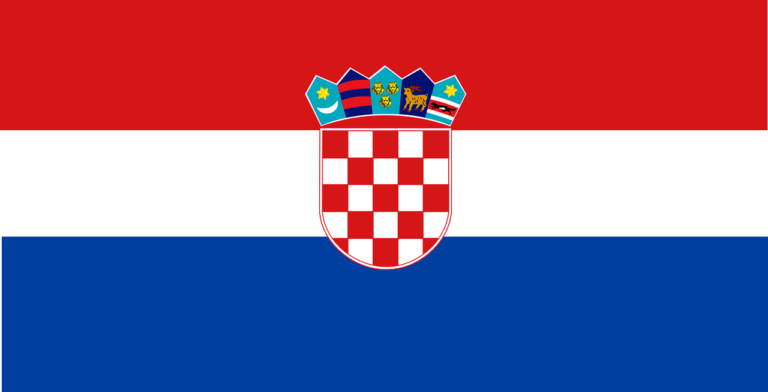Flags hold immense symbolism, representing the identity, values, and history of a nation. The national flag of Vatican City, with its distinct design of two vertical bands of yellow and white, stands as a powerful emblem of the smallest independent state in the world and the spiritual center of the Catholic Church. In this blog post, we will delve into the fascinating story behind the Vatican City national flag, exploring its origins, symbolism, historical significance, and its enduring importance within the Vatican City State.
Origins and Evolution:
The national flag of Vatican City consists of two vertical bands, with the band closest to the hoist being yellow (gold) and the band farthest from the hoist being white. The flag’s design draws inspiration from the traditional colors associated with the Papacy and the Catholic Church. Since its establishment as an independent city-state in 1929, the flag has remained largely unchanged, representing the unbroken continuity of the Holy See.
Symbolism and Meaning:
The colors of the Vatican City national flag carry profound symbolism. The yellow (gold) band symbolizes the spiritual authority, wisdom, and temporal power of the Pope, who is the head of the Catholic Church and the sovereign of Vatican City. The white band represents purity, innocence, and the spiritual mission of the Church to spread the message of peace and salvation.
Historical Significance:
The Vatican City national flag bears historical significance as it represents the sovereignty and independence of Vatican City, a city-state that emerged as a result of the Lateran Treaty signed between the Holy See and Italy in 1929. The flag serves as a symbol of the Vatican’s unique position as the spiritual and administrative center of the Catholic Church, with its origins dating back to the early Christian era.
Contemporary Importance and Spiritual Significance:
In present-day Vatican City, the national flag holds profound importance, symbolizing the spiritual authority, integrity, and unity of the Holy See. The flag is prominently displayed within Vatican City, including the Papal Palace and St. Peter’s Basilica, during official ceremonies, Papal audiences, and other significant events. It serves as a reminder of the Pope’s spiritual leadership and the Vatican’s global role in promoting faith, justice, and human dignity.
The Vatican City national flag plays a central role in shaping the spiritual identity and unity of the Holy See. It represents the universal values of the Catholic Church, fostering a sense of reverence, devotion, and loyalty among Catholics worldwide. The flag transcends national boundaries, reinforcing the global reach and influence of the Vatican’s teachings and the Pope’s moral authority.
International Recognition and Influence:
The Vatican City national flag is recognized worldwide as a symbol of the Holy See’s spiritual authority and the unique status of Vatican City as a sovereign state. It is proudly displayed at diplomatic missions, Papal visits, and other international events, symbolizing the Holy See’s role in global affairs and its diplomatic relations with various nations. The flag’s design has also influenced ecclesiastical symbolism, inspiring various religious and ceremonial regalia associated with the Catholic Church.
The Vatican City national flag, with its striking combination of yellow and white, embodies the spiritual sovereignty, papal authority, and global influence of the Holy See. It stands as a symbol of the unbroken continuity of the Catholic Church and the timeless values it upholds. The flag fosters a sense of reverence, unity, and devotion among Catholics worldwide, transcending national borders and symbolizing the spiritual journey of believers. As the Holy See continues to guide the faithful and promote its teachings, the national flag will remain a cherished emblem, representing the enduring legacy of Vatican City as the spiritual heart of the Catholic Church.






